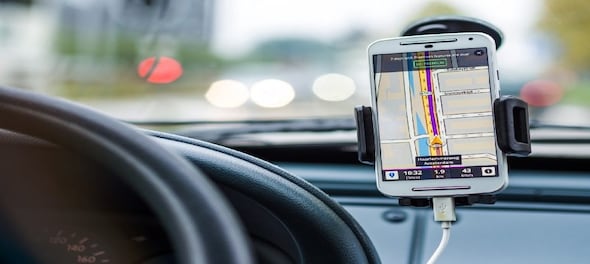
Drivers attached to app-based cab aggregators went on a nationwide strike recently. They were unhappy with the commission that these companies charged per ride. According to drivers, increased fuel cost (both CNG and petrol) and high commission rates have reduced profitability to a bare minimum. For those who drive a car owned by others and have to make a monthly payment to the owners, it is a challenge to make even Rs 25,000 per month.
Reduced profitability is the primary reason why several drivers are becoming delivery boys or opting for different gigs. This also leads to several other frictions. For instance, drivers not turning on the AC. Almost everyone who opts for ride-hailing apps on a regular basis has had an argument with the driver over the AC. Drivers say turning on the AC reduces the car's per-kilometre average and thereby, their profit margin.
On the other hand, passengers feel cheated when drivers ask them to pay extra for turning the AC on. Incidents of people being asked by drivers to get off the car over the AC argument are shared on social media almost every day.
ALSO READ | Exclusive | Ola likely to lay off 700 employees in cost-cutting exercise across verticals
Another consequence of reduced profitability is drivers refusing to take short rides. Cabbies very often refuse to take short rides where the bill amount is less than Rs 100-120. They say taking three or four such short rides is equivalent to one long ride. Therefore, they don't want to spend time on short rides. Adding to this misery is the fact that drivers can now see the customer's destination (unlike before). This is why people often find it really hard to find cabs.
Yet another outcome due to reduced profitability is drivers selling off their cars and finding another gig. While there is no hard data to present the exact picture, all stakeholders accept that the fleet of cab-hailing apps has reduced in size. Several drivers who couldn't survive the long COVID-19-induced lockdown had to sell their cars. Meanwhile, several others have opted out of the profession as they couldn't survive in urban cities with the meagre income.
To add to all this, app-based cab aggregators have stopped paying incentives (or reduced the incentive amount) to cab drivers. Initially, cab drivers were paid an incentive when they picked a certain number of rides in a day. Now, incentives are only paid on busy weekend days.
Further, these apps work in a manner to favour the drivers who put in more hours. Consequently, those people who used to drive cabs as an alternative mode of income are now virtually non-existent. This has further reduced the number of cabs on road, adding to the demand-supply gap.
While the two major cab-booking apps — Ola and Uber — have so far not issued any public statement addressing these concerns, filings of both these companies show dwindling profits from the ride-hailing business. Therefore, the cab-hailing business has come full circle in India — from being a landscape-changing model to becoming a service where all stakeholders are unhappy.
First Published: Jul 15, 2022 7:15 PM IST
Check out our in-depth Market Coverage, Business News & get real-time Stock Market Updates on CNBC-TV18. Also, Watch our channels CNBC-TV18, CNBC Awaaz and CNBC Bajar Live on-the-go!


UP constituencies to witness three-cornered fight in second phase tomorrow
Apr 25, 2024 10:47 AM
BJP MP's wife challenges him in electoral battle for Etawah seat
Apr 25, 2024 9:39 AM

